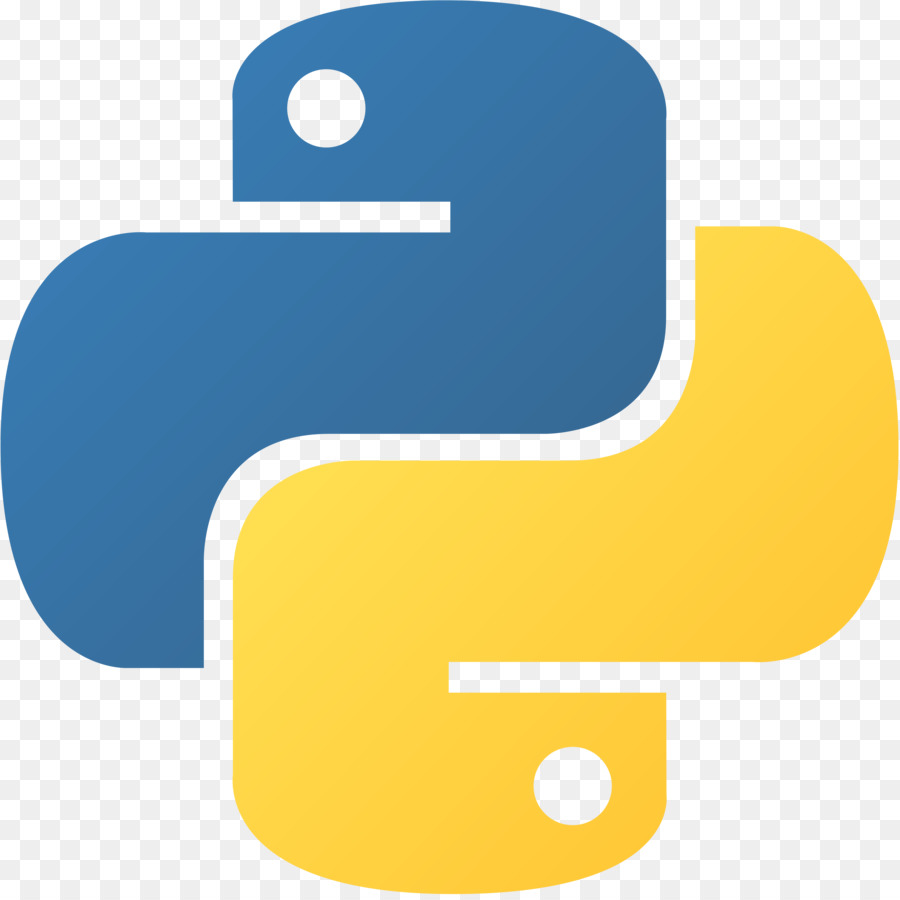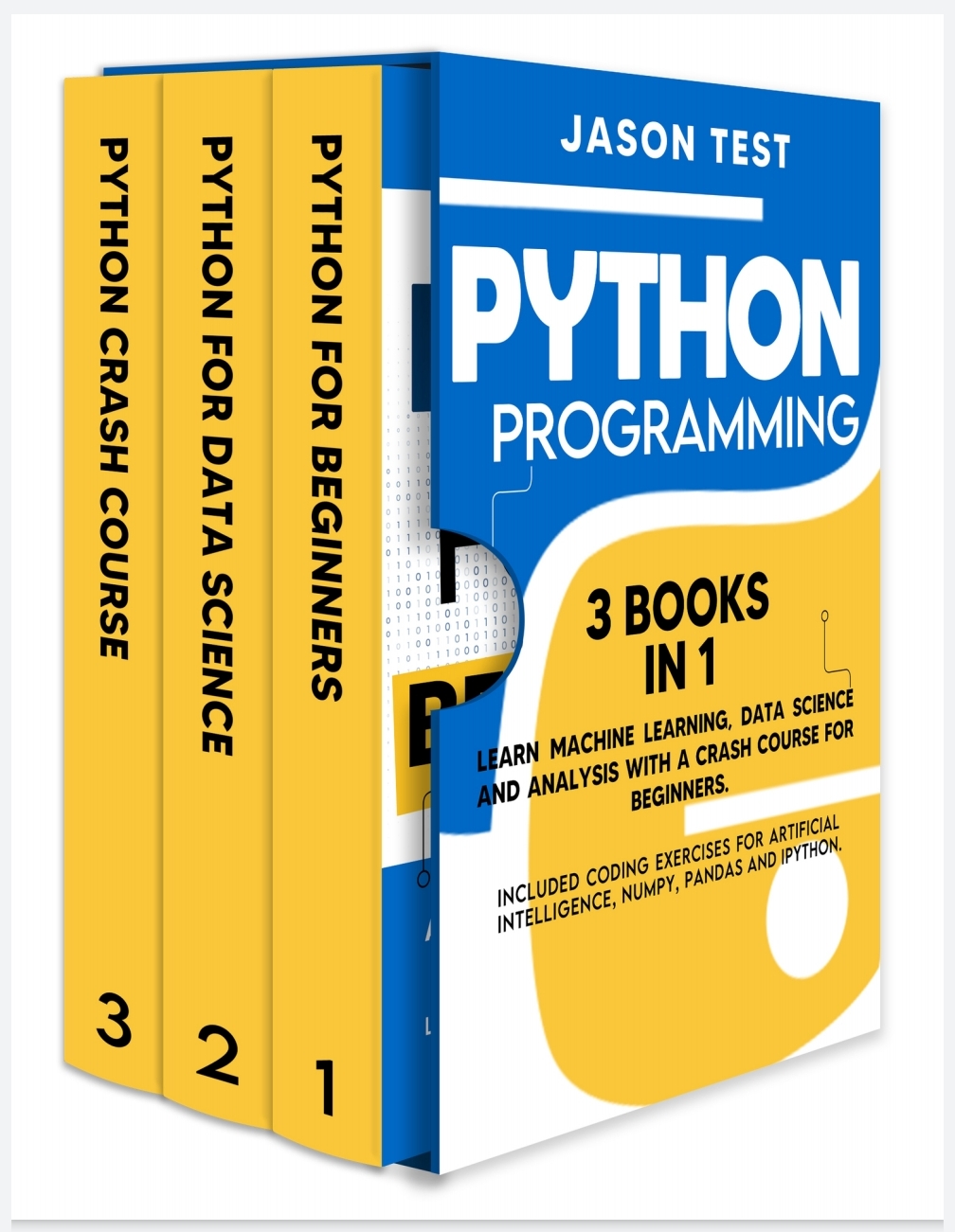


In this tutorial, you’re going to analyze data on college majors sourced from the American Community Survey 2010–2012 Public Use Microdata Sample. Once your environment is set up, you’re ready to download a dataset. If you don’t want to do any setup, then follow along in an online Jupyter Notebook trial. You can also grab Jupyter Notebook with pip install jupyterlab. If you want to stick to pip, then install the libraries discussed in this tutorial with pip install pandas matplotlib. If you prefer a minimalist setup, then check out the section on installing Miniconda in Setting Up Python for Machine Learning on Windows. It’s huge (around 500 MB), but you’ll be equipped for most data science work. If you have more ambitious plans, then download the Anaconda distribution. If you don’t have one yet, then you have several options: You’ll also need a working Python environment including pandas. This way, you’ll immediately see your plots and be able to play around with them. You can best follow along with the code in this tutorial in a Jupyter Notebook. Free Bonus: Click here to get access to a Conda cheat sheet with handy usage examples for managing your Python environment and packages.


 0 kommentar(er)
0 kommentar(er)
